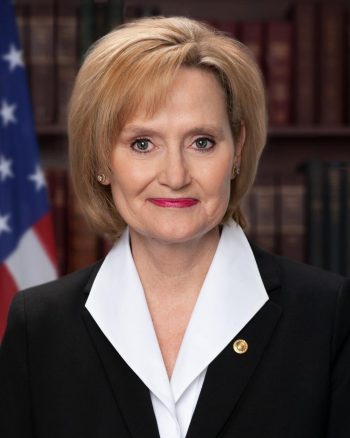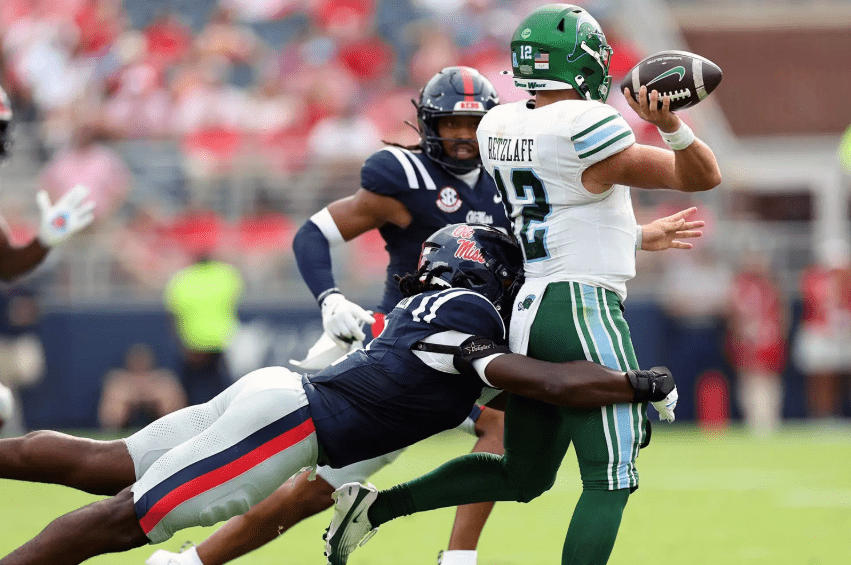
Studio portrait of Sid Salter. (photo by Beth Wynn / © Mississippi State University)
By: Sid Salter
With just over six weeks to go before the 2019 general election in Mississippi, there are few Mississippians on either side of the partisan divide who don’t concede that the gubernatorial campaign is closer than any over the last 20 years.
Democrat Jim Hood and Republican Tate Reeves, the marquee candidates, will face Constitution Party candidate Bob Hickingbottom and independent candidate David R. Singletary in the Nov. 5 general election. Reeves and Hood have each won statewide primary and general election majorities in every Mississippi general election since 2003. If you’re counting, that four straight general elections.
The fact that prognosticators see a 2019 gubernatorial race that’s tight isn’t exactly earth-shattering. Likewise, the reality that the Republican nominee has won each of the past four gubernatorial general election contests accounts for the fact that Reeves is considered the favorite in that tight contest.
But in 1999, Democrat Ronnie Musgrove – then the incumbent lieutenant governor – won a tight general election against Republican nominee Mike Parker, Reform Party nominee Jerry Ladner, and independent Helen Perkins.
Musgrove was elected governor — running for an open seat since then-incumbent Republican Gov. Kirk Fordice couldn’t succeed himself a second time — with a plurality of 49.6 percent of the vote to Parker’s 48.5 percent of the vote in a race that was ultimately decided by the Mississippi House of Representatives. Ladner got 1.1 percent of the vote while Perkins took. 0.8 percent
In 1999, Musgrove won the popular vote by some 8,344 votes. But Musgrove and Parker each carried 61 of the state’s 122 House districts. When the vote went to the House to settle it, Musgrove won by a margin of 86 to 36 in the House floor vote. Out of 86 Democratic votes in the House that day, 84 voted for Musgrove. Of the 33 Republicans in the House that day, 31 voted for Parker. All three independents voted for Parker.
Two Democrats voted for Parker, while two Republicans voted for Musgrove. Politics always makes strange bedfellows. So, what’s different 20 years later? Nothing and everything, it would seem. Reeves is the incumbent lieutenant governor.
In 1999, Mississippi’s House of Representative had a solid majority of Democrats. Today, the Republican Party controls both the House and Senate in the Mississippi Legislature.
In 1999, there were two strong contenders from the GOP and Democratic parties along with an independent and a third-party candidate. That is exactly the scenario in the current election.
What are the chances that history repeats itself in 2019? Given the strong performance of former Mississippi Supreme Court Chief Justice Bill Waller in the GOP primaries, it’s certainly a very plausible possibility that the leading candidate on Nov. 5 has a plurality rather than a majority, casting the outcome into the House.
But here’s where things are different. In 1999, Musgrove had the House Democratic majority to fall back on. Hood does not. In a 2019 repeat of the plurality scenario, the GOP majority in the House still makes Reeves the favorite.
To be sure, neither Reeves nor Hood are playing for the statistical anomaly of a plurality win and a trip to the Mississippi House floor to decide the election. Over the next six weeks, this race will increasingly be about D’s and R’s and a comparison of the two national parties. Since 1991, Republicans gubernatorial nominees have won six of the last seven contested races in Mississippi.











